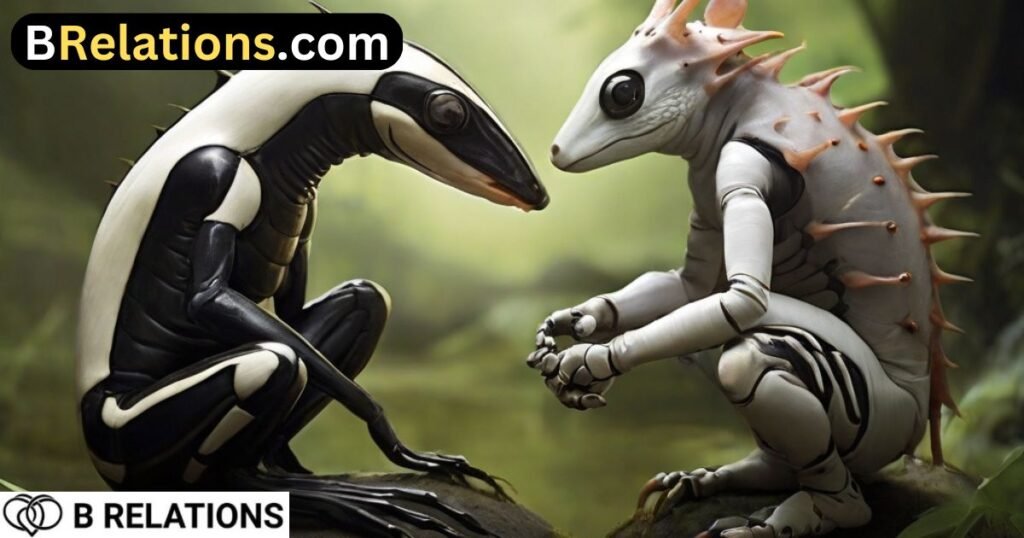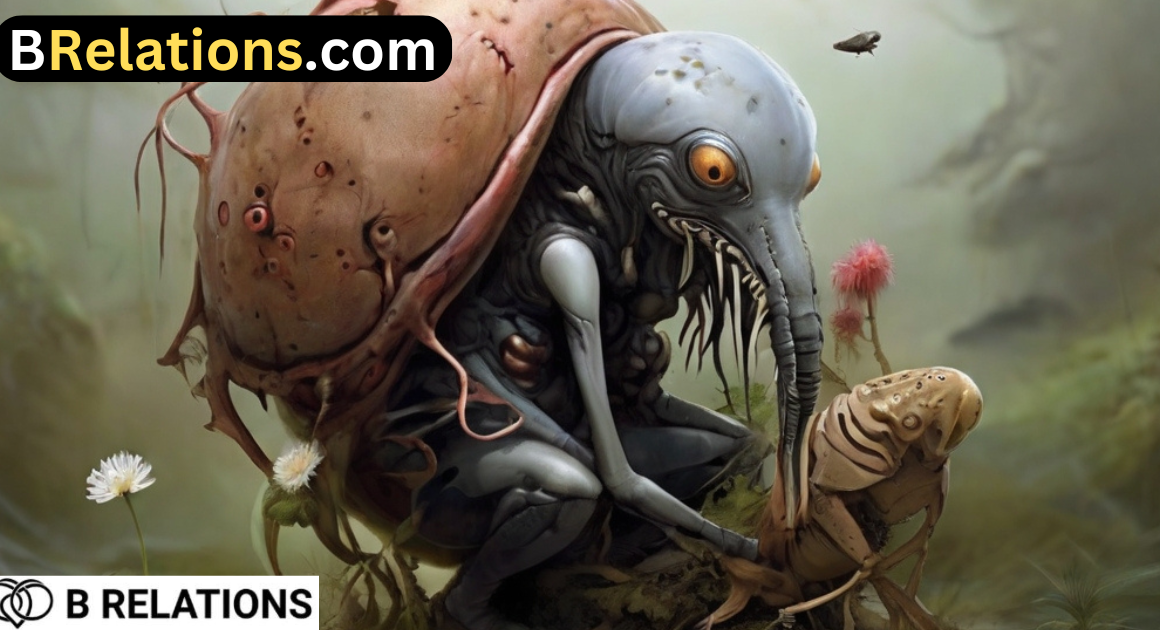Nature’s High Five: Unveiling the Meaning of Symbiosis Have you ever marveled at the sight of a hermit crab carrying a sea anemone on its back? This seemingly odd pairing is just one example of the fascinating world of Symbiotic Relationship Examples that exist in nature. Symbiosis, from the Greek words “sym” meaning together and “biosis” meaning living, refers to a close, long-term interaction between different species, where both partners benefit. In this article, we’ll embark on a journey to explore the diverse forms of symbiosis, from mutualistic partnerships to parasitic associations, and delve into the wonders of nature’s high five.

Symbiotic Relationship Examples Differentiate:
Before we dive into the intricacies of Symbiotic Relationship Examples, let’s distinguish them from other ecological interactions. While competition involves species vying for resources and predation entails one species consuming another, symbiosis is characterized by cooperation and mutual benefit, driving the interconnected web of life.
Quote: “Symbiosis is nature’s way of showing us that when we work together, we can achieve remarkable things.” – Dr. Jane Goodall, Primatologist and Conservationist
Unveiling the Spectrum: A Journey Through Symbiotic Types
Mutualism:
Mutualistic relationships are perhaps the most well-known form of symbiosis, where both organisms derive benefits from their association. For instance, bees and flowers engage in mutualistic pollination, with bees receiving nectar as a food source while aiding in the flower’s reproduction. Similarly, cleaner fish and sharks form a mutualistic bond, with cleaner fish removing parasites from the shark’s skin while gaining a meal in return.

Commensalism:
In commensal Symbiotic Relationship Examples, one organism benefits while the other remains unaffected. Take, for example, barnacles that attach themselves to the shells of turtles or the skin of whales. While the barnacles gain a sturdy surface to attach to and access to food-rich waters, the host remains largely unbothered by their presence.
Parasitism:
Symbiotic Relationship Examples involve one organism, the parasite, benefiting at the expense of the host. From tapeworms infesting the intestines of animals to mistletoe plants sapping nutrients from trees, parasites have evolved myriad strategies to exploit their hosts for survival.
A comparative analysis of these Symbiotic Relationship Examples types, complete with key features, real-life examples, and visuals, offers insight into the diversity and complexity of these relationships across ecosystems.
From Land to Sea: Dive into Diverse Symbiotic Wonders
Land Wonders:
On land, Symbiotic Relationship Examples abound, shaping terrestrial ecosystems in profound ways. From the mutualistic partnership between acacia trees and ants, where ants defend the tree against herbivores in exchange for shelter and food, to the mycorrhizal symbiosis between fungi and plants, where fungi aid in nutrient absorption in return for sugars, symbiotic alliances are fundamental to the health and resilience of ecosystems.
Ocean Treasures:
Beneath the waves, the ocean teems with symbiotic wonders, from the intricate dance of clownfish and sea anemones to the symbiotic partnership between coral reefs and algae. In the vast blue expanse, remora fish hitch rides on the backs of sharks, benefiting from the shark’s movements and gaining access to prey without expending energy.

Microcosm Marvels:
Delving deeper into the microscopic world, we discover the crucial role of symbiosis in maintaining human health. Within our own bodies, trillions of bacteria form symbiotic relationships with our cells, aiding in digestion, bolstering immunity, and even influencing mood and behavior.
“Symbiosis teaches us that even the smallest creatures can accomplish great things when they work together.” – Dr. Sylvia Earle, Marine Biologist and Explorer
Beyond Nature’s Canvas: Unexpected Symbiosis
While symbiosis is often associated with the natural world, its principles find unexpected applications in human interactions, technology, and business collaborations. Whether in partnerships between individuals, alliances among companies, or the synergy of interdisciplinary research teams, collaboration and mutual benefit are key to success.
Quote:
“Just as in nature, where symbiosis fosters resilience and growth, collaboration in human endeavors unlocks innovation and progress.” – Elon Musk, Entrepreneur and Visionary
Your Exploration Begins: Resources & Taking Action
Curated Resources:
For those eager to delve deeper into the world of symbiosis, a curated list of reliable resources—from captivating documentaries to insightful scientific articles—provides avenues for further exploration and discovery.

Encourage Participation:
Beyond mere observation, active participation in citizen science projects or conservation efforts related to Symbiotic Relationship Examples empowers individuals to make a tangible difference in preserving biodiversity and safeguarding ecosystems.
As stewards of the Earth, let us heed nature’s lessons of collaboration and interdependence. By fostering positive Symbiotic Relationship Examples in our daily lives and championing conservation efforts, we can honor the intricate web of life and ensure a harmonious future for generations to come.



